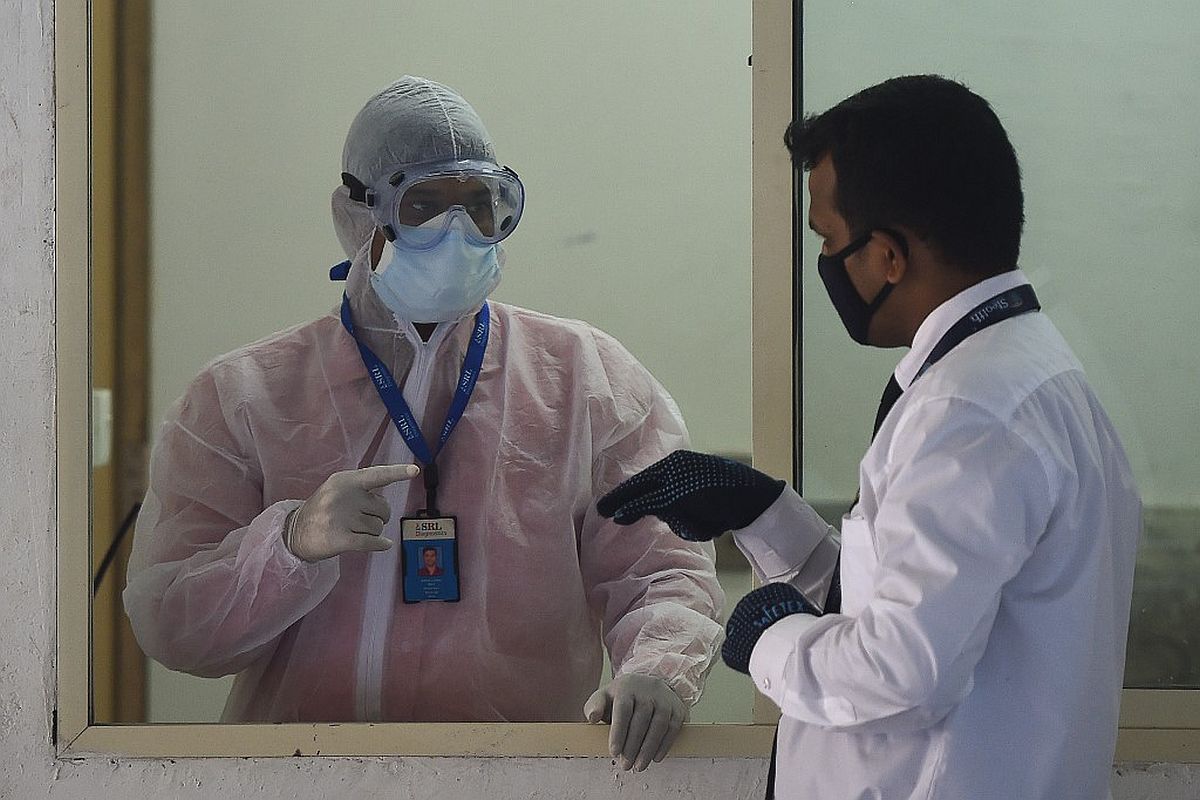Supreme Court modifying its earlier judgment on Monday said that the free test will be available only to poorest, leaving it to the government to decide who should get the benefit.
Private laboratories can continue to charge the testing fee as fixed by the Indian Council of Medical Research (ICMR) – country’s nodal body for coronavirus testing. The private laboratories were allowed to charge patients Rs 4,500 per test.
“We are seeing that the government is doing its best. We are modifying our order. We are saying that the government can decide which categories get free testing,” the court said.
The apex court further said that free testing for COVID-19 will be available to persons eligible under Ayushman Bharat Pradhan Mantri Jan Aarogya Yojana as already implemented by the Government of India, and any other category of economically weaker sections of the society as notified by the Government.
Further, the court in its order said that the Centre and the Health Ministry can decide whether any other categories of the weaker sections, like workers belonging to low-income groups in the informal sectors or beneficiaries of Direct Benefit Transfer and others should be eligible.
The court directed the government to take a decision in this regard and inform it.
However, last week, the court in its order had said that free tests for COVID-19 should be made available to all. Private laboratories were dissatisfied with the court’s order as they said they would not be able to afford it.
They said that under the government-mandated charge of Rs 4500, they are barely able to recover the costs, which include specific infrastructure, reagents, consumables and manpower.











